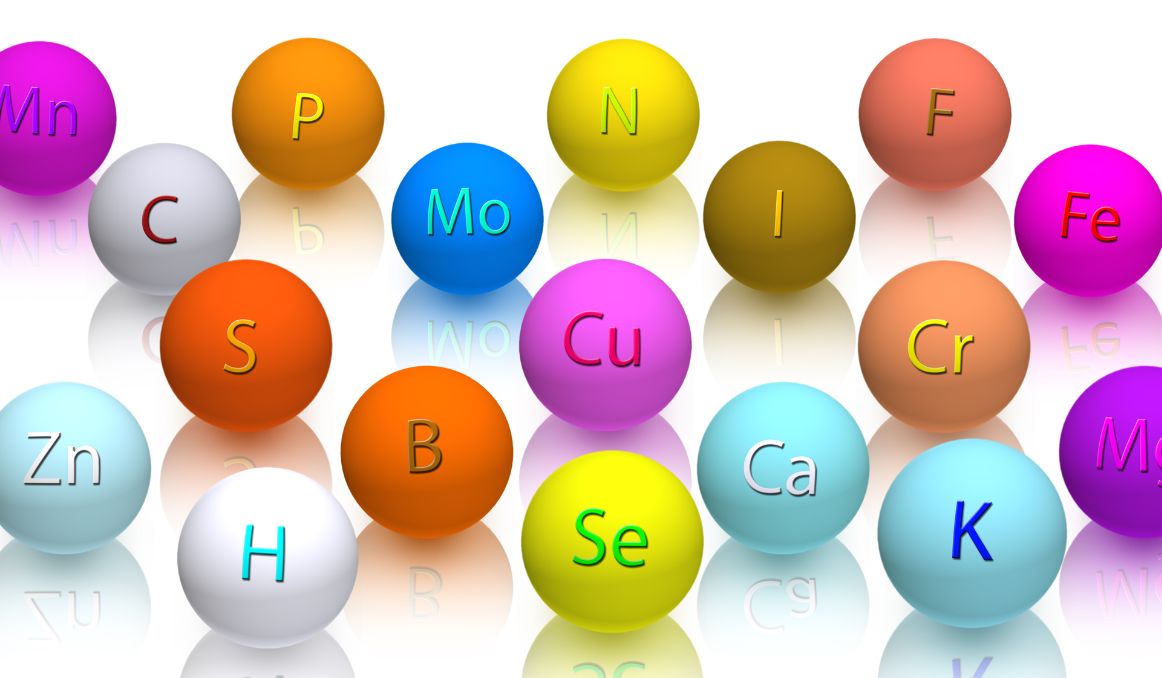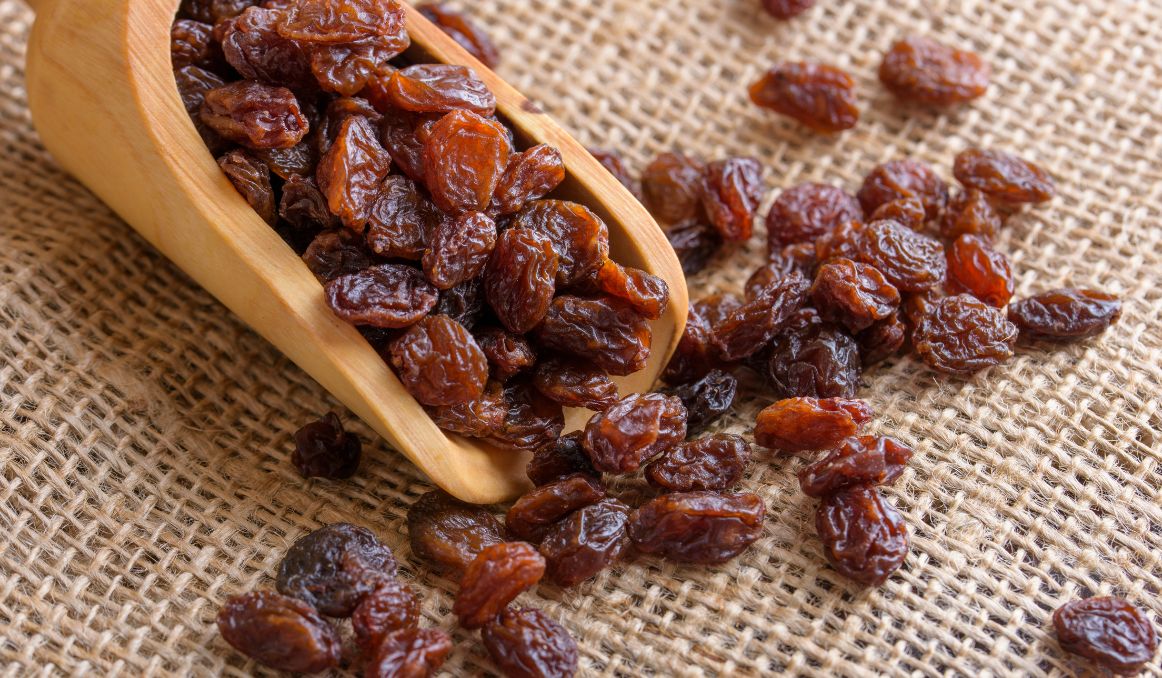What Is Yeast Nutrient Substitute?
One of the natural byproducts of having gone through industrialization and capitalism, both with their good and their bad aspects, is that brewers, vintners, and other fermenters often become far removed from their ingredients and the natural processes fermentation undergoes.
When working with yeast, the question of yeast nutrient has no real historical place and is a very modern concern, and as many brewers and vintners cannot find or locate yeast nutrient on demand, we also must ask the question of “what is yeast nutrient substitute?”
Before we get into all that, let’s look at how we got to this point of brewing in the first place.

Fermentation and Yeast: Nature Taking Its Course
Fermentation is most likely a process that was taking place long before humans evolved from our apelike ancestors.
You see, yeast and sugar have long been cohorts and colleagues in the natural process of things.
Sugar occurs naturally in various plants, from fructose to glucose and even sucrose, three highly fermentable sugars.
Yeast is a member of the oldest living organism family on earth – fungus – and has long had only one job: to find sugar and consume it.
This process of consuming sugar and converting it to alcohol and carbon dioxide, along with hundreds of other micronutrients and secondary metabolites, is called fermentation, and it has never needed any human involvement to get its job done.
Yeast has always just naturally been attracted to the sugars in the atmosphere, the richer the better, and fermented fruit would simply rot and waste away if no human or animal came along to consume it.
It is thusly that wine was discovered, and even beer, by pure accident, humans discovered fermentation, and they worked with nature to produce wide varieties of delicious wines, beers, breads, and other fermented foods like sauerkraut, yogurt, and kombucha.
All they had to do was create a sugar rich environment with a food or beverage and then sit back and allow local, wild yeast to settle in and get to work.
So why are we now talking about all this human interference, why do we need to help yeast do its job when we never have before?
The Mass Production of Yeast
Well, around the early 1800s, the western world underwent a period of mass industrialization. At the same time, science was in its glory day, with higher technological tools and other equipment.
French scientist Louis Pasteur observed yeast under a microscope and was able to tell the world precisely what was happening during fermentation, and thanks to industrialization, corporations were able to harvest and mass produce yeast and sell it to brewers.
At first glance, this is a great shift in market forces.
Humans no longer have to wait for nature; now, seemingly, we could control it.
You can buy the yeast you want from a company rather than having to allow nature to take its course.
The problem is now you are not working with wild, native yeasts in their own environment. Instead, you may be trying to force a yeast used to a completely different environment to ferment in a foreign environment, which will require greater incentives and coaxing where none was needed before.
Soil Disruption
Furthermore, yeast has always been able to get all of its nutritional needs for fermentation from the plants it was fermenting.
While yeast needs sugar and oxygen to survive, in order to do a complete job of providing not only the alcohol and carbon dioxide for food and beverages but also those hundreds of other micronutrients, it requires healthy plants to work with.
Over the last few hundred years with the advent of commercial farming, we have disrupted our soil systems across the globe.
Where before yeast was working with plants that had ample amounts of magnesium, nitrogen, B vitamins, and zinc, among other things, it is now working with a seriously depleted food source.
Add to that the fact that many of our plants are now sprayed liberally with toxic chemicals that not only kill the pests but also a lot of the nutrients in the plants, and you have an environment less than ideal for yeast to ferment happily.
Yeast Nutrient
Now, because it is not so easy to undo all the damage we have done, and continue to do, to our plants and soil, we must make do with quick fixes that work in the meantime like yeast nutrient.
In order to get yeast to fully ferment, meaning to convert all the sugars into alcohol, carbon dioxide, and other micronutrients, as well as to get it to complete fermentation, which smooths out off flavors, we often need to help it along by providing those critical nutritional elements it can no longer get from plants.
In the case of beer, yeast nutrient is often not necessary because the grains are so rich in vitamins and minerals, even in their depleted state, that they provide more than enough nutrients for the yeast to complete fermentation.
Even when the grain is not nutrient dense enough, brewer’s yeast, the most common among yeasts to be used in brewing, is often fortified with the nutrients it needs.
However, wine often does need a little help to get to full fermentation, and adding yeast nutrient will supplement in that situation.
Yeast Nutrient Substitute

Now, if you don’t have yeast nutrient on hand, and you want to help your yeast along to ferment your must into wine, you can use any of several yeast nutrient substitutes on hand, like:
- Lemon juice
- Orange or lime juice
- A cup of chopped raisins
- A cup of strong black tea
- Bread yeast boiled in water
- Grape nuts or rolled oats boiled in water
- Ripe bananas mashed, boiled, and strained to liquid
Any of these options will provide more than enough nutrients for your yeast to get its job done, and you will also be well on your way back to simply allowing nature to take its course and provide you with a delicious batch of beer or wine!
Cheers!
Are you still pitching fresh yeast every time? By reusing your yeast, you can save up to hundreds of thousands of dollars per year on just yeast alone!
Join the hundreds of brewers from all around the world using the smartest Automated Yeast Cell Counter! Request a Free Demo Account today and experience firsthand how Oculyze can take your brewery to the next level!
Sources:
Stay on top on important fermentation insights – subscribe to our monthly newsletter and receive a hand-picked selection of our most relevant articles straight to your inbox.
Never miss a beat and get real time updates with a new article each workday by subscribing our social media channels.
Instagram | Facebook | Twitter | YouTube


